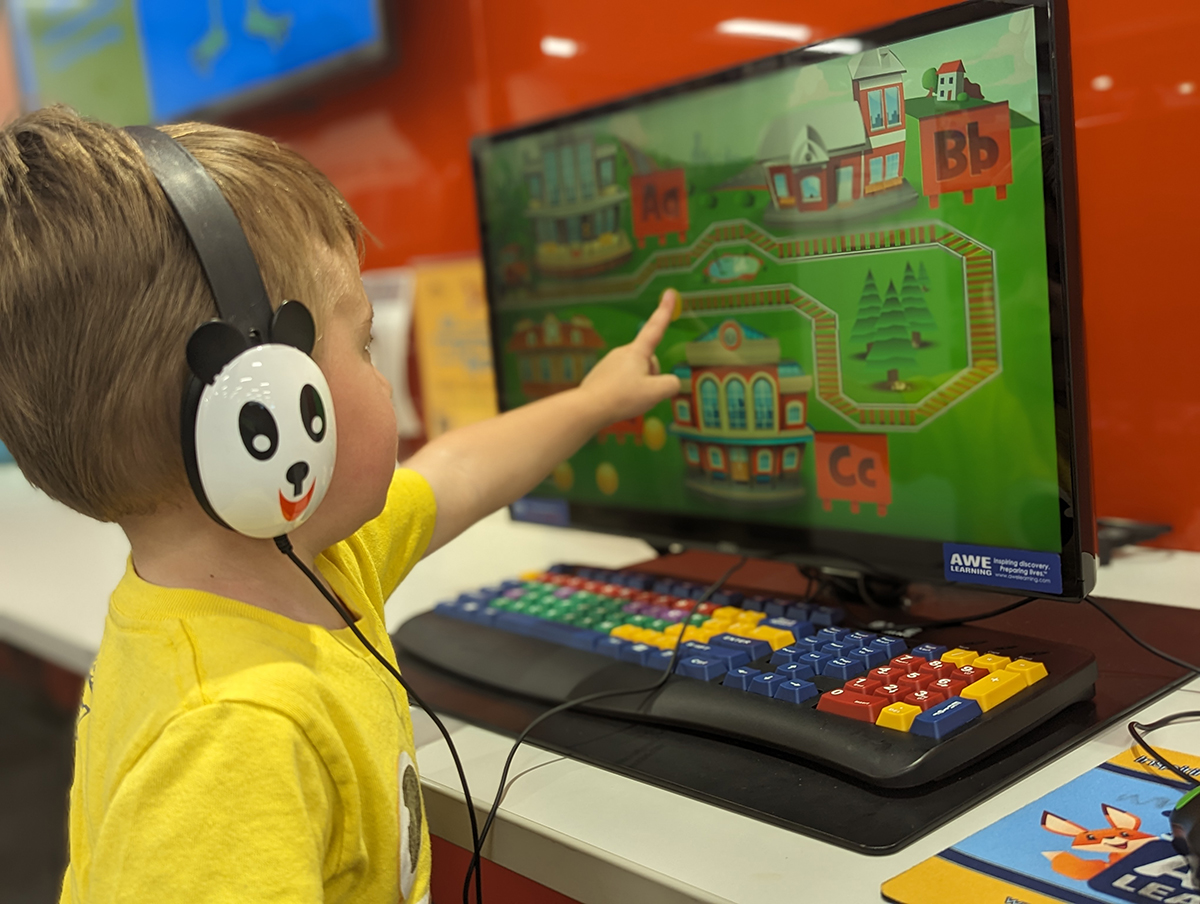
November 22, 2024
With dancing plants, VR goggles, dog translator collars, and bizarre AI images, how can new tech help us?
Looking past all the lights, bells, and whistles of these tech party tricks, there are actually some quite impressive ways that new devices and apps are expanding accessibility options and improving people’s lives. Certain models of Apple Air Pods can now be used as FDA-approved hearing aids when paired with updated iOS software. This is fantastic news for individuals with mild to moderate hearing loss who have forgone assistance due to the lack of availability and cost of traditional hearing devices.
There are smartphone apps that utilize AI to help individuals with vision impairments. AI voice assistants can describe the objects and scenery in front of a user’s smartphone camera lens. This could be useful while navigating an unfamiliar area. In a video demo of the Be My AI app, an individual with blindness uses an AI assistant to navigate the bustling streets of London, even using the app to hail a taxi.
This same kind of assistive voice technology is available in a hands-free format through some smart glasses models, like Meta’s Ray-Bans. In the coming months, these shades will also have a new feature that will have the glasses act as a live translator, allowing for a seamless conversation between two individuals who speak different languages! While this update isn’t available yet, some AI chatbots have proven to be relatively reliable translators, outperforming Google Translate in some instances.
AI is also being used in the field of medical research to rapidly increase the development and discovery of new treatments and medicines. There are AI models that can detect and diagnose cancers, and others have found new antibiotics to aid in fighting deadly infections like MRSA. AI optimists speculate that this technology could eventually lead to cures for different types of diseases and cancers.
Some tech gadgets appear to be novelties but may serve important functions. Robotic hiking pants and a cane that doubles as a phone and GPS tracker may seem like something from a spy movie, but devices like these could help people scale new heights and give them a sense of safety they didn’t have before.
Brad Smith
Digital Innovation Department
Read Similar Blogs:
Current Issues and Topics
Health and Well-Being
Science
Technology







